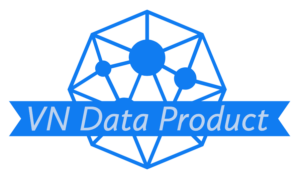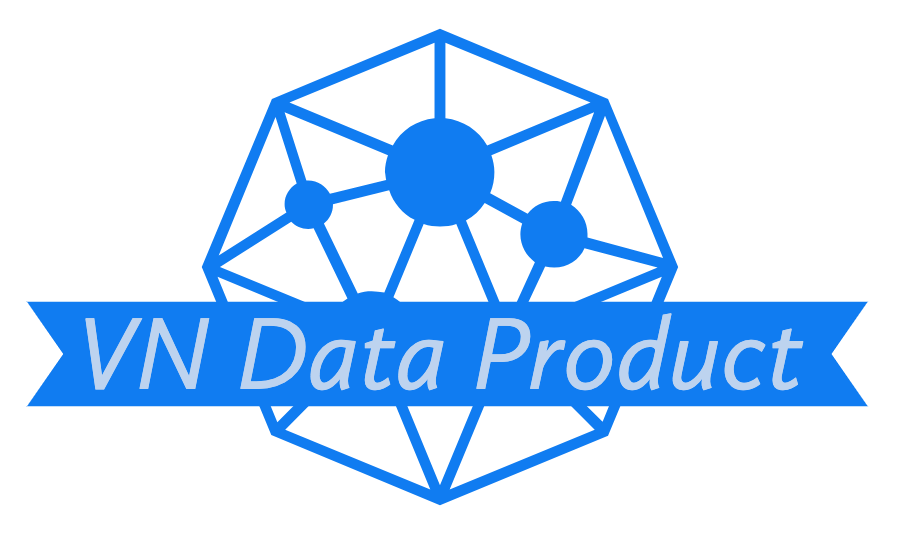Kanban, Agile, and Waterfall are three popular project management methodologies in the IT industry, ranging from software development to infrastructure maintenance. Each approach has its advantages and disadvantages, and we’ll explore those in this article.
Kanban
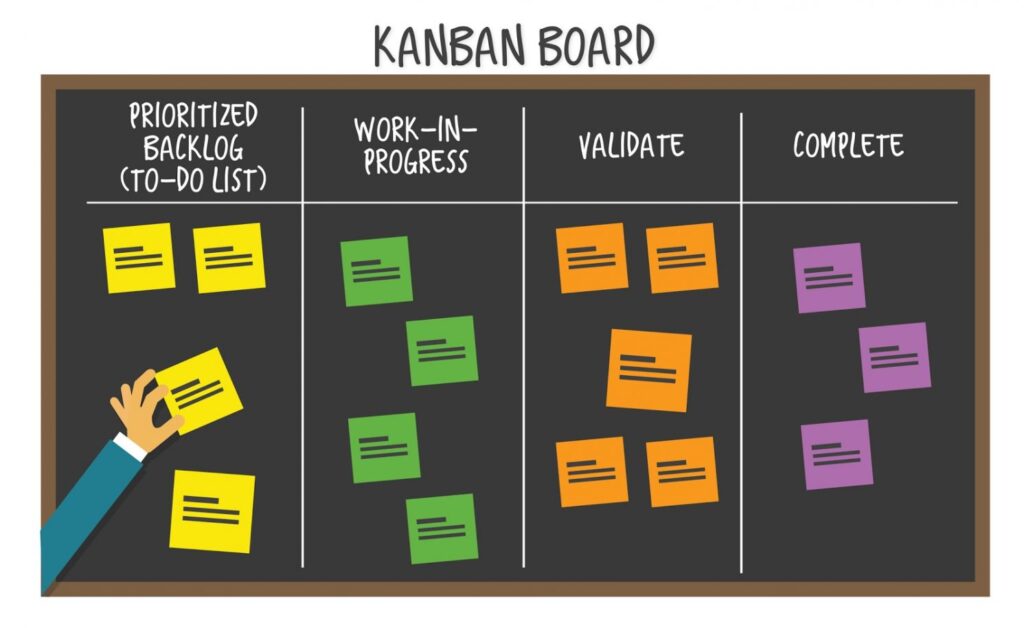
Kanban is a well-known methodology that’s ideal for managing tasks that one person can execute in a short period, typically a few hours to two weeks. Each task starts with a “Start” stage and ends with a “Done” stage, but can move back and forth between stages until completed. Kanban is best suited for managing individual tasks rather than larger projects.
Agile
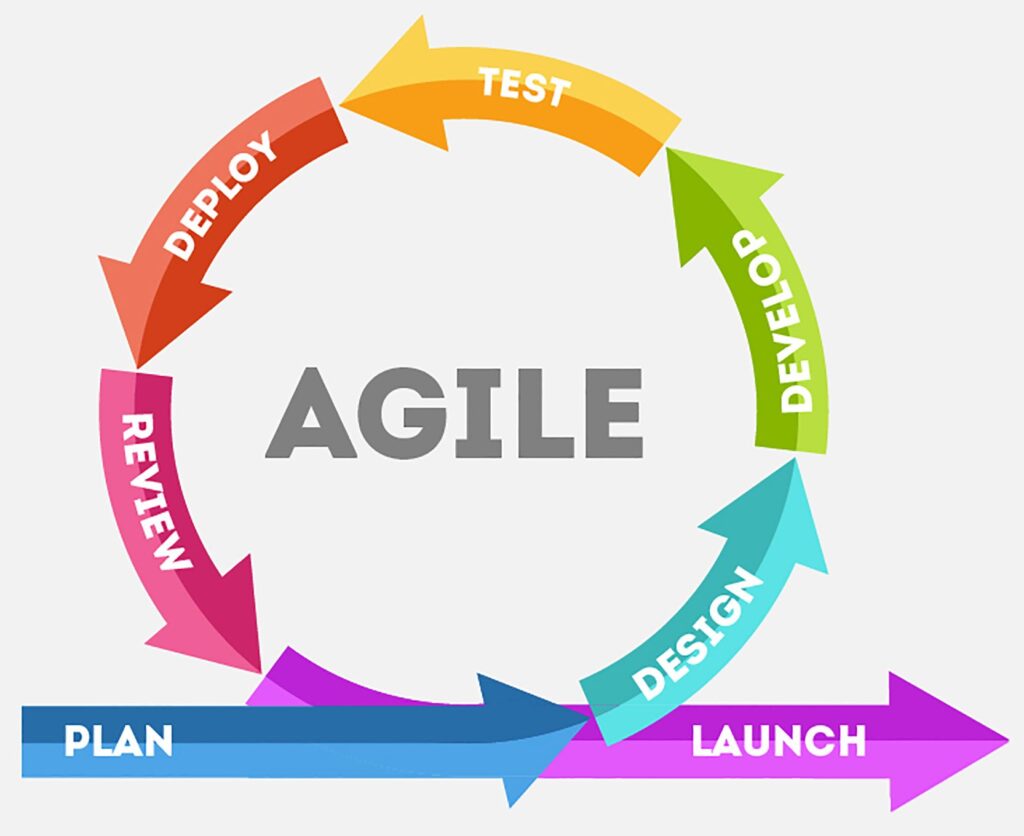
Agile is a popular methodology that aims to improve software development velocity. It involves breaking a full product development cycle into smaller increments, or sprints, to promote faster feedback and continuous improvement. However, if Agile is implemented poorly, it can result in issues such as technical debt, quality debt, maintenance debt, and people debt. These can arise from changing requirements, misunderstandings, or shifting business directions.
Waterfall
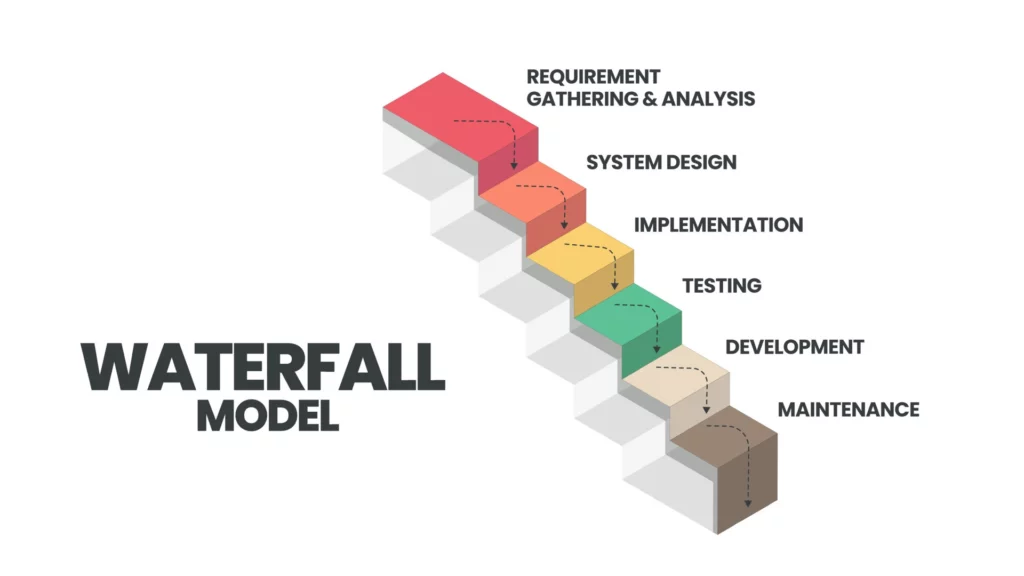
Waterfall is a traditional methodology where a project or product is fully planned from the start, and everyone knows what they should do. It works well in situations where requirements are fixed and the project can be completed in one go. However, it relies heavily on the Project/Product Manager, Technical Architect, and Stakeholders clearly defining their goals and objectives from the start. If not, it can result in a flawed end product.
Perspective
In my experience, Kanban works best as part of an Agile process, where every task is distributed equally based on skills for each person. Agile is effective when all goals and objectives have been set from C-levels or Founders through annual planning. Although it can be challenging to execute, it’s a great way to promote learning while doing.
In the face of rapid business change, most urgent business decisions are actually based on relatively simple choices, such as the desire to increase revenue or changes in partnerships. However, changing direction mid-project can be costly, like stopping a running car. This is why middle managers are critical, as they have a deep understanding of their domain and can navigate changing requirements more effectively. Nonetheless, it’s essential to ensure that middle managers are competent to avoid causing headaches for everyone involved.
Conclusion
To summarize, it’s essential to have a clear understanding of the benefits and drawbacks of each methodology before deciding which one to use. In my experience, implementing a combination of Kanban, Agile, and Waterfall can be an effective approach for large organizations. By leveraging the strengths of each methodology, companies can adapt to changing business needs and improve project outcomes.
